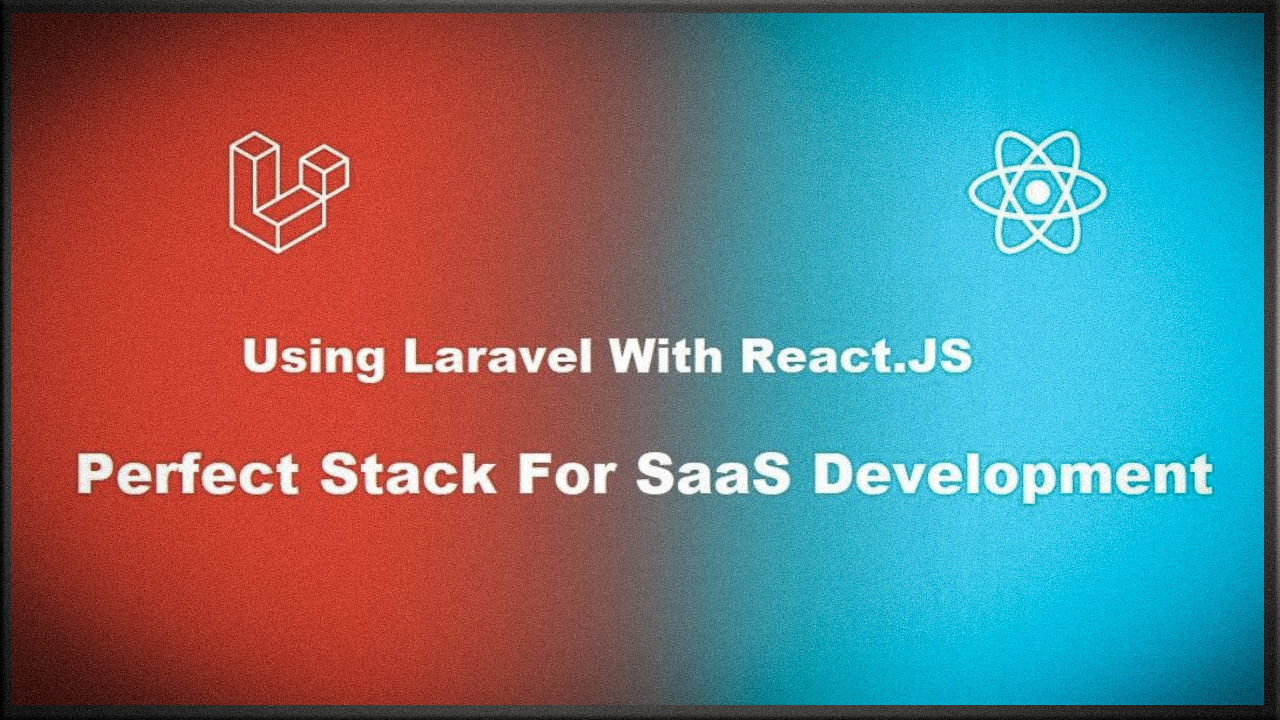Frontend frameworks like React, Angular, and Vue have transformed the way we build web applications over the last decade. These open-source libraries provide developers with tools to create dynamic user interfaces and build complex web apps as single-page applications.
The key benefit of using a frontend framework is that they handle much of the code needed to implement common web development features. This allows developers to build apps faster by not having to reinvent the wheel. The frameworks provide structure for the frontend code, enable easier state management, routing between views, and reusable UI components.
Frontend frameworks improve developer productivity, simplify complex tasks, and enable faster feature building for web apps. They have strong communities behind them, with many contributors adding to their capabilities over time. The popularity of these frameworks has grown exponentially as the demand for more complex web applications has increased.

How Frontend Frameworks Can Revolutionize Your Web Development Workflow by Anil Labs
Brief History
JavaScript frameworks have been around for over a decade, with the goal of making web development easier and more productive. Back in the 2000s, frontend code was still written with vanilla JavaScript, jQuery, and other libraries. This led to codebases that were difficult to maintain at scale.
The idea of frameworks emerged to provide structure and patterns for organizing JavaScript code. Some of the first frameworks included Backbone.js, Knockout.js, and Ember.js. Backbone.js, released in 2010, was an early popular MVC-style framework. It allowed developers to separate business logic from the UI, which was a major advance at the time.
Around 2013-2014, new frameworks React and Angular rose to prominence. They took frontend development to the next level with advanced capabilities like declarative programming, two-way data binding, virtual DOM, and more. Since then, frontend frameworks have continued to evolve with additions like Vue and Svelte. The landscape has expanded dramatically compared to the early days of jQuery spaghetti code.
Why Use a Framework?
Frontend frameworks provide several advantages that can streamline web development:
Abstract DOM Manipulation
Frameworks handle DOM manipulation behind the scenes, allowing developers to build user interfaces without having to directly interact with the DOM API. The framework takes care of rendering UI components and updating the DOM as needed. This abstracts away a lot of complexity.
Component Architecture
Frameworks encourage building UIs through reusable components. Components encapsulate markup, styles, and behaviors into a single package. This modular approach makes it faster to develop complex UIs. Components can be easily shared across projects.
Efficiency
Frameworks use virtual DOM diffs to minimize DOM operations for updates. This provides a big performance boost compared to imperative DOM manipulation. Features like ahead-of-time compilation can further optimize framework apps.
By leveraging these strengths of frameworks, web development becomes more productive and maintainable. The abstractions allow developers to focus less on DOM details and more on business logic and user experience. Popular frameworks provide robust ecosystems with many reusable components and tools.
Popular Frameworks
In the world of frontend development, there are four frontend frameworks that stand out as the most widely used and supported in the JavaScript community: React, Angular, Vue.js, and Svelte.
React
React was created internally by Facebook in 2011 and open sourced in 2013. It quickly gained popularity thanks to its focus on reusable UI components, virtual DOM, and one-way data binding. Some key features of React include:
- Component-based architecture
- Declarative programming
- Server-side rendering support
- Robust ecosystem of third party libraries
React is a view library that focuses solely on the UI layer. This makes it flexible to use with other libraries and frameworks. Many developers appreciate React for its simplicity, performance, and scalability.
Angular
Angular was originally created by Google and released in 2010. The latest major version, Angular 2+ completely revamped the framework to use TypeScript and a component-based setup like React. Angular provides the entire framework for building complex web apps. Some Angular highlights:
Angular offers an opinionated, batteries-included approach perfect for enterprise teams that want a fully featured framework. The integrated architecture helps enforce consistency and structure in large codebases.
Vue.js
Vue emerged in 2014 and has quickly become a top contender thanks to its approachable API and flexibility. The core library focuses solely on the view layer like React, but also supports additional libraries for state management and routing. Features of Vue include:
- Virtual DOM
- Template syntax
- Dev tools and CLI
- Lightweight and progressive
Vue strikes a nice balance between a minimal view library like React and a full featured framework like Angular. Many developers appreciate how easy it is to integrate Vue into existing projects and build up complexity as needed.
Svelte
Svelte is the newest framework, first released in 2016. It’s compiled rather than interpreted like React and Vue. This means it converts components into highly optimized vanilla JavaScript during the build process. Features of Svelte:
- Compiles away framework code
- Reactivity built-in
- Great performance
- Small size
For those concerned about bundle size and performance, Svelte outputs lean and fast code while providing a robust component model. It’s still relatively new but gaining interest for its unique approach.
The choice between these popular frameworks depends on the specific needs and preferences of the development team. All four enable building complex, interactive UIs in the browser efficiently.
React Overview
React is one of the most popular JavaScript frameworks, originally developed internally by Facebook in 2011 before being open-sourced in 2013. It utilizes a virtual DOM to optimize rendering performance. Rather than manipulating the browser’s DOM directly, React creates an in-memory data structure cache of the real DOM. When the data changes, React calculates the difference and then updates only what needs to be changed in the real DOM. This process accelerates development time.
React is only concerned with rendering data to the DOM and therefore can integrate with other libraries to handle routing, state management and backend communication. This flexibility along with its strong community support has led to widespread usage. React is used by companies like Netflix, Uber, Airbnb, and more. The React code library can be incorporated into web applications to build user interfaces and UI components. Developers like working with React because its modular components promote reusability of code. The virtual DOM also allows for high speeds on complex web applications.
Angular Overview
Angular is a TypeScript-based open-source front-end web framework developed by Google. It follows the model–view–controller (MVC) architectural pattern.
Some key features of Angular include:
- Component-based framework – Angular apps are built using components, which help encapsulate functionality and enforce separation of concerns. Components define views, which are sets of screen elements that Angular can display to the user.
- TypeScript support – Angular uses TypeScript as its primary language. TypeScript extends JavaScript by adding features like static typing and class-based object-oriented programming, which can help developers build large apps more efficiently.
- Two-way data binding – Angular’s data binding mechanism automatically syncs data between the model and view components. So any changes made in the view are reflected in the model and vice versa. This reduces the amount of boilerplate code developers need to write.
- Dependency injection – Angular has a built-in dependency injection framework that helps with decoupling, testing, and maintaining code. Services and components can declare the dependencies they need as constructor arguments, and Angular handles the dependency injection.
- Built-in templating – Angular uses declarative HTML templates to define views using a template syntax called Angular template HTML. This provides a clearer separation of concerns compared to putting view logic in JavaScript code.
With its strong typing system, data binding, modular architecture, and powerful features, Angular provides a complete framework for building dynamic web apps. Its popularity has grown significantly over the years, especially for enterprise applications.
Vue.js Overview
Vue.js is an open-source progressive JavaScript framework created by Evan You in 2014. It has quickly grown in popularity as a lightweight and flexible option.
Vue takes a progressive approach to building web interfaces. You can start by integrating Vue into parts of an existing project before adopting it for more complex single-page applications. This makes it easy to incrementally add Vue to websites and web apps.
The core library focuses on the view layer only, and is designed to be approachable and versatile. Vue handles rendering DOM updates in an efficient way using a virtual DOM. It offers reactive data binding and composable components to build modular code.
Vue is also lightweight at only 20KB min+gzip. It has one of the smallest footprints among major frameworks, yet still includes robust features like routing, state management, and tooling support. The small size and flexible integration of Vue helps minimize initial setup and complexity.
Overall, Vue provides an inviting way to start using modern JavaScript frameworks without being too opinionated. The approachable API, lightweight size, and progressive integration make Vue a popular choice for creating dynamic and reactive user interfaces.
Svelte Overview
Svelte is one of the newer kids on the block when it comes to frontend frameworks, first released in 2016. But it has quickly gained popularity for its unique, compiler-based approach.
Rather than interpreting your code at runtime like React and Vue, Svelte compiles your components into highly optimized vanilla JavaScript during the build process. This results in bundles that are extremely lightweight and efficient.
Some key features and benefits of Svelte:
- Compiles away the framework: You don’t ship the Svelte runtime to clients. This leads to much smaller bundle sizes compared to other frameworks.
- Excellent performance: The compiled output from Svelte is blazing fast and efficient. Complex UI updates and transitions are handled with native DOM operations instead of virtual DOM diffing.
- Write less code: Svelte’s template syntax and reactive declarations let you accomplish more with less code. Features like keyed each blocks cut down on boilerplate.
- Truly reactive: The compiler can detect and update components precisely when state changes, without the overhead of observing data.
- Svelte removes abstraction layers and maximizes performance by compiling away framework code. This makes it one of the fastest options for building web UIs. If bundle size and raw speed are priorities, Svelte is worth considering.
Framework Comparison
When choosing a frontend framework, developers should consider factors like speed, size, learning curve, and ecosystem. Here’s a comparison of some of the most popular options:
Speed
React is generally quite fast, especially when using React.memo() and other optimizations. Angular can be slower due to its use of change detection. Vue lands in the middle speed-wise. Svelte is often the fastest since it compiles away abstraction layers during the build process.
Size
Angular tends to have a large bundle size, especially with added dependencies. React, Vue, and Svelte have much smaller footprint. Svelte edges out the others here.
Learning Curve
React and Vue have a relatively gentle learning curve. Angular has a steeper curve due to its extensive API surface and strong opinions about project structure. Svelte has a very flat learning curve since its syntax is close to vanilla JS.
Ecosystem
React has the largest community and most extensive ecosystem of the four. Angular also has abundant resources. Vue and Svelte have smaller but growing communities. Overall, it’s easiest to find solutions and hire developers for React and Angular projects.
So in summary, React offers a good balance of features while Svelte is great for optimal performance. Angular provides structure but comes with more overhead. And Vue is a lightweight option that’s easy to get started with. The best choice depends on the priorities and needs of the specific project and team.
Conclusion
The use of frontend frameworks has rapidly increased over the last several years as developers have realized the benefits they provide. By utilizing a framework like React, Angular, or Vue, developers are able to build web applications faster and with cleaner, more maintainable code.
Some of the key benefits of using a frontend framework include:
- Improved productivity – Frameworks provide common patterns, tools and libraries that speed up development. Things that would take time to build from scratch are available out of the box.
- Better organization – Frameworks enforce a structure and architecture for your code. This makes it easier to maintain as projects grow in scope.
- Reusability – Components allow you to build reusable UI elements that can be shared across your application or different projects.
- Easier scaling – Applications built with frameworks are designed with state management and performance in mind, making them easier to scale.
- Community and support – Popular frameworks have large communities producing tools, tutorials and support. Staying current is easier.
- Future proofing – Frameworks promote following modern standards and best practices for web development.
- Cross platform – Frameworks help unify web development across different platforms through reusable components.
The world of web development moves at a rapid pace. By leveraging a popular framework like React, Angular or Vue, developers can build scalable, robust web applications faster and with cleaner code. Their growing communities also provide support and continued advancement.








0 Comments